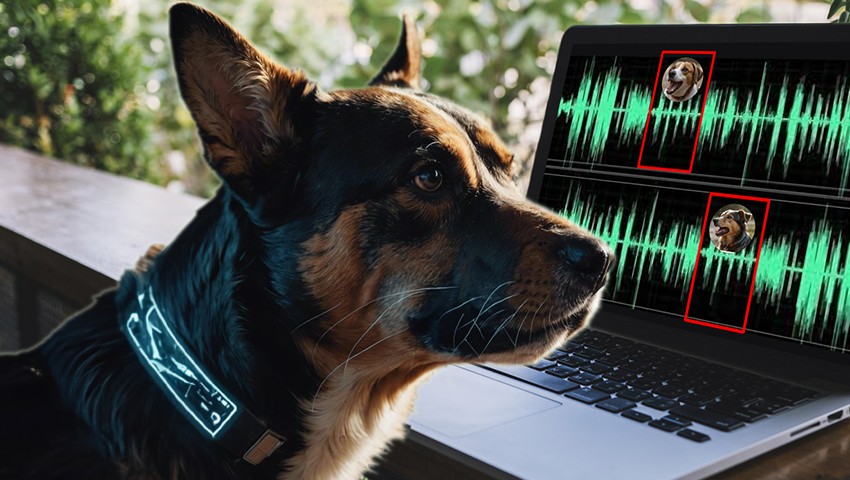
From barks to words: AI decodes dog vocalizations
Researchers at the University of Michigan have been exploring the possibilities of AI in understanding what our furry friends are trying to communicate through their barks. Their new AI tool can differentiate between playful barks and aggressive ones. It can also identify a dog’s age, sex, and breed based on their vocalizations.
The study, conducted in collaboration with Mexico’s National Institute of Astrophysics, Optics, and Electronics (INAOE) in Puebla, explores how AI models trained on human speech can be repurposed to analyze animal vocalizations. This innovative approach was presented at the Joint International Conference on Computational Linguistics, Language Resources, and Evaluation.
One major obstacle in developing AI models for animal vocalizations is the lack of publicly available data. Unlike human speech, which can be easily recorded, collecting data from animals is more challenging. “Animal vocalizations are logistically much harder to solicit and record,” explained Artem Abzaliev, lead author and U-M doctoral student in computer science and engineering. “They must be passively recorded in the wild or, for domestic pets, with the owner’s permission.”
To overcome this challenge, the researchers repurposed an existing model designed for human speech analysis.
This allowed them to leverage advanced models that underpin the voice-enabled technologies we use daily, such as voice-to-text and language translation. These models are trained to detect subtle variations in human speech, such as tone, pitch, and accent, and transform this information into a format that enables computers to identify spoken words, recognize the speaker, and more.
The Wav2Vec2 model was modified to interpret dog vocalizations using a dataset recorded from 74 dogs of various breeds, ages, and sexes. The results were impressive: the AI model achieved up to 70% accuracy in classifying different types of barks, outperforming models specifically trained on dog bark data.
The implications of this research are vast. For biologists and animal behaviorists, this technology offers a new tool for studying animal communication. More importantly, for pet owners and veterinarians, understanding the nuances of dog vocalizations can significantly improve how humans interpret and respond to dogs’ emotional and physical needs. This advancement could enhance animal care and prevent potentially dangerous situations.
Read the full study in the paper published on the arXiv preprint server.
